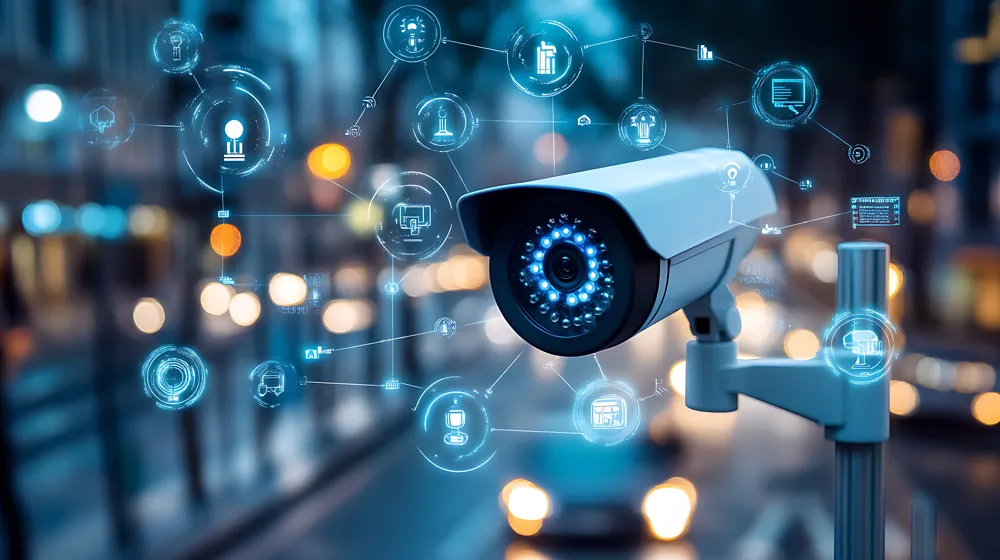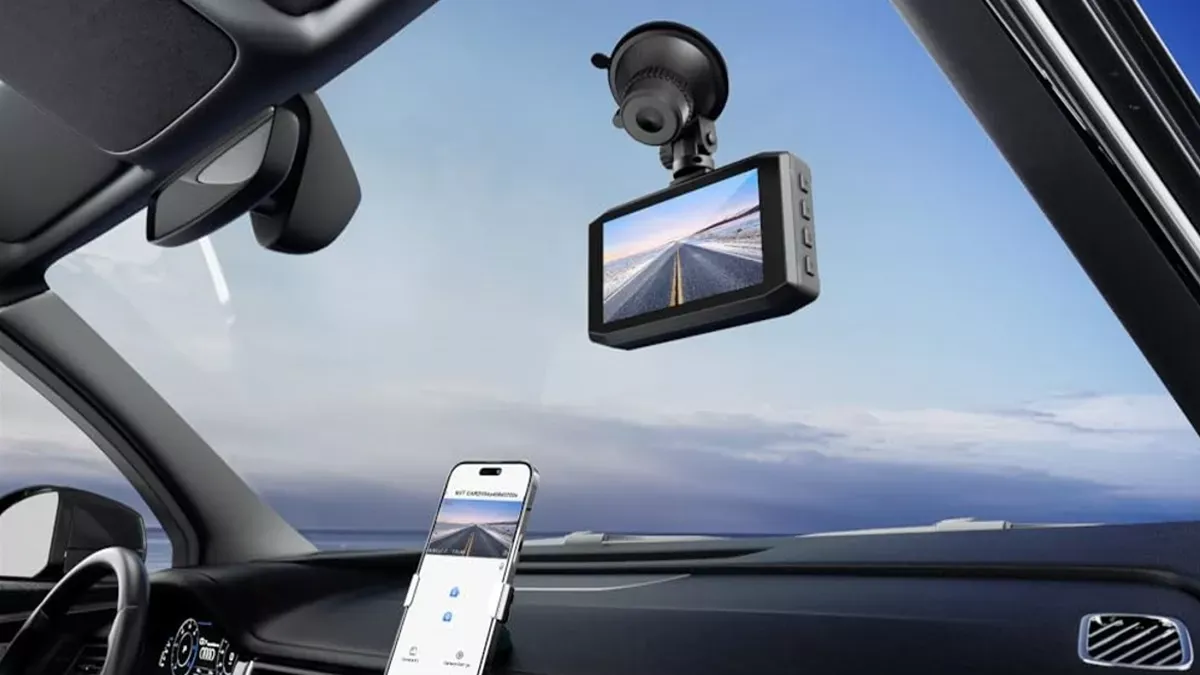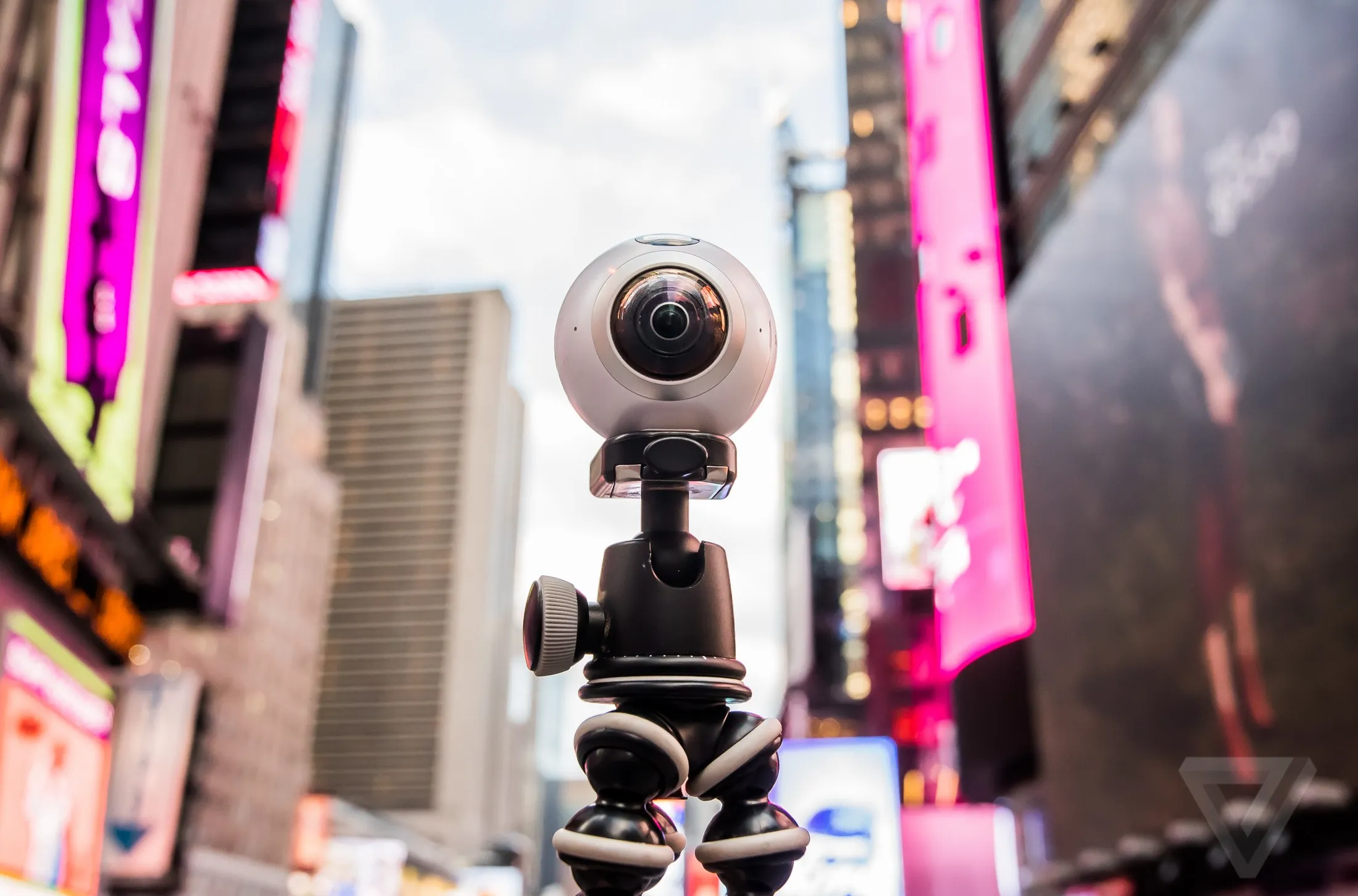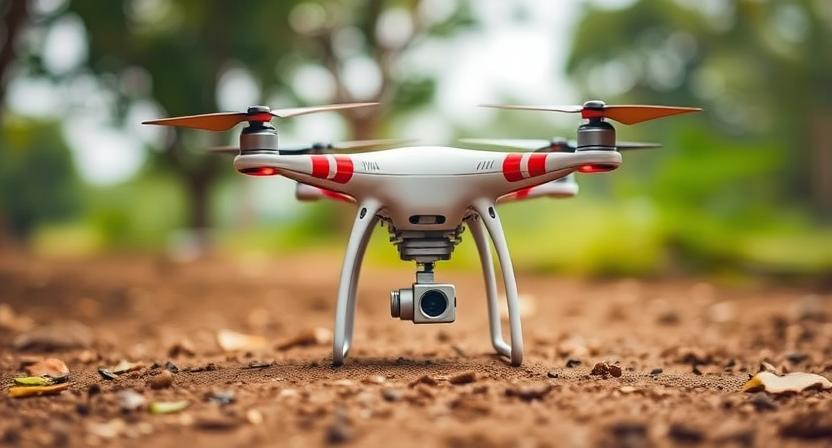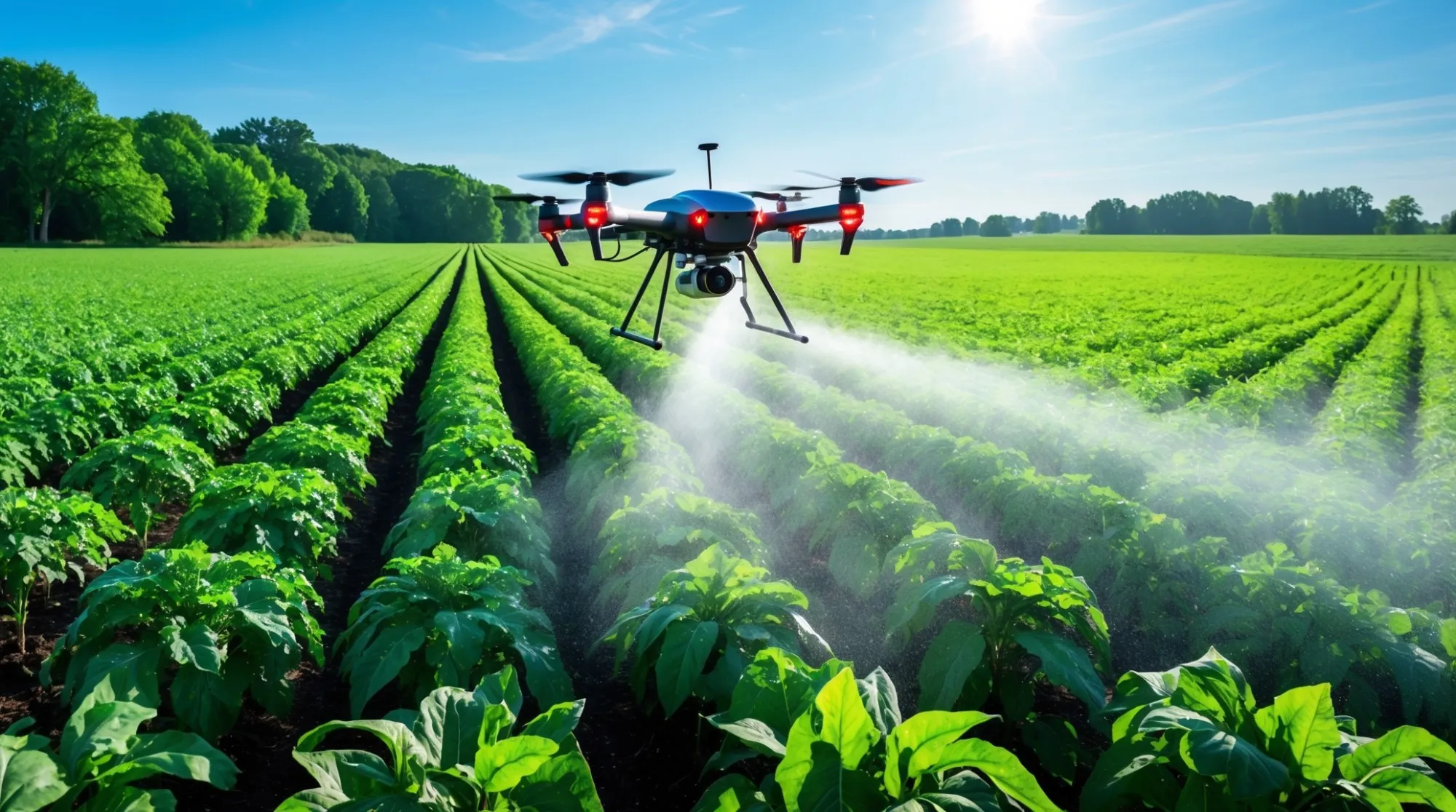India’s digital economy is expanding at an unprecedented rate, fueled by increasing internet penetration, smartphone adoption, and an evolving tech-savvy population. As we move further into the digital age, social media is emerging as one of the most powerful catalysts driving this transformation. From boosting businesses to enhancing government outreach and empowering individuals, social media is playing a pivotal role in shaping India’s digital economy.
In this article, we’ll explore the key ways social media is influencing India’s growing digital economy, and how businesses, government entities, and consumers are leveraging these platforms to thrive in the digital space.
1. Empowering Small and Medium Enterprises (SMEs)
India’s vast number of Small and Medium Enterprises (SMEs) has been a backbone of its economy, and with the rise of social media, these businesses now have a unique opportunity to reach a global audience without the need for massive marketing budgets. Social media platforms like Facebook, Instagram, WhatsApp, and LinkedIn are enabling SMEs to market their products, engage with customers, and drive sales—something that was once limited to large corporations with deep pockets.
What’s Happening Now?
- Affordable Marketing Tools: Social media platforms provide affordable advertising options that allow SMEs to run targeted campaigns based on demographics, interests, and behavior. This level of precision in targeting is invaluable for businesses operating on tight budgets.
- E-Commerce Integration: Platforms like Instagram and Facebook have incorporated e-commerce features, allowing businesses to sell products directly through their profiles, streamlining the purchasing process and increasing sales.
- Customer Engagement: Social media enables businesses to engage directly with customers, build brand loyalty, and receive real-time feedback, which helps them adapt quickly to market needs.
2025 Outlook:
By 2025, SMEs will continue to rely heavily on social media for brand visibility, lead generation, and sales. As the digital economy matures, we’ll likely see more localized e-commerce tools and AI-driven marketing features, further enhancing the social media experience for businesses in India.
2. Creating a Digital Workforce
Social media is also playing a significant role in creating a skilled digital workforce in India. The demand for digital professionals—ranging from content creators to social media managers, digital marketers, and e-commerce specialists—is skyrocketing. Social platforms are helping individuals upskill, connect with employers, and even build personal brands.
What’s Happening Now?
- Freelancing Opportunities: Platforms like LinkedIn, Instagram, and Twitter are enabling individuals to showcase their skills, network with potential clients, and land freelance or remote job opportunities. These platforms have allowed millions of Indians to become part of the global gig economy.
- Educational Content: Social media is also a valuable tool for learning and development. YouTube, LinkedIn Learning, and Instagram are flooded with free educational content, courses, and workshops that help people acquire new skills in fields like digital marketing, coding, graphic design, and video editing.
- Influencer Economy: The rise of influencer marketing has opened up new career paths for content creators. Instagram, YouTube, and TikTok have created an ecosystem where individuals can monetize their content, thereby contributing to the growing influencer economy.
2025 Outlook:
By 2025, the demand for digital skills will only increase, and social media platforms will become even more integral to how people find work, enhance their skills, and build digital careers. Platforms will continue to integrate features to help people grow their personal brands, find job opportunities, and collaborate with global clients.
3. Bridging the Gap in E-Commerce and Social Commerce
Social media’s ability to bridge the gap between online shopping and social interaction has given rise to social commerce, which is one of the fastest-growing trends in India’s digital economy. In a country where trust in online shopping can be a barrier, social media offers the opportunity for brands to engage with consumers directly, build relationships, and drive purchases.
What’s Happening Now?
- Instagram and WhatsApp as Shopping Platforms: Instagram has integrated shopping features into its platform, allowing users to buy products directly from posts, stories, and the shop tab. WhatsApp, on the other hand, has become a crucial channel for businesses, particularly in tier-2 and tier-3 cities, to engage customers, provide customer service, and even facilitate payments.
- Live Shopping Events: Brands and influencers are leveraging live-streaming to sell products directly to consumers, a trend that’s catching on rapidly in India. Live shopping combines entertainment with commerce, making it more engaging for consumers.
- Influencer Partnerships: Many Indian brands are partnering with influencers to promote products and encourage social commerce. Influencers provide product reviews, unboxings, and tutorials, which help build trust and convert their followers into customers.
2025 Outlook:
Social commerce is poised to be a dominant force in India’s digital economy by 2025. Expect to see even more integrations of shopping features within social platforms, with seamless checkout systems, augmented reality (AR) features for trying products virtually, and personalized shopping experiences. More businesses—especially small ones—will tap into these tools to reach consumers in new, engaging ways.
4. Facilitating Government and Civic Engagement
Social media is also transforming how the government and public sector agencies engage with the public. Platforms like Twitter, Facebook, and YouTube are becoming key tools for communication, allowing government bodies to share important information, launch campaigns, and even respond to citizen concerns in real-time.
What’s Happening Now?
- Public Awareness Campaigns: The Indian government has used social media to launch campaigns related to health (e.g., COVID-19 vaccination), education, and social welfare. The widespread reach of these platforms helps ensure that crucial information reaches millions of people, often faster than traditional media.
- Direct Communication: Citizens are increasingly using social media to interact with government officials and voice their concerns. In some cases, public servants, including ministers, have used Twitter to engage with the public directly, offering a more transparent and responsive government.
- Digital Governance: The rise of digital governance initiatives, such as e-Governance services, has made it easier for citizens to access government services online. Social media platforms serve as communication channels to guide citizens through these digital processes.
2025 Outlook:
By 2025, social media will likely become an even more integrated part of India’s digital governance strategy. We’ll see more government services and initiatives relying on social media for outreach, information dissemination, and civic engagement. Expect to see even greater use of social media platforms for disaster response, citizen reporting, and participatory governance.
5. Driving Digital Payments and Financial Inclusion
The advent of digital payments has revolutionized how Indians buy goods and services. Social media platforms are increasingly linked with payment gateways, contributing to the growth of digital transactions and financial inclusion in India.
What’s Happening Now?
- WhatsApp Pay and Facebook Pay: WhatsApp’s integration with UPI (Unified Payments Interface) has made it possible for users to send and receive money without leaving the app. Facebook Pay also allows users to make payments within apps, making social commerce more seamless.
- Peer-to-Peer Transactions: Social media platforms are also being used to facilitate peer-to-peer (P2P) payments, further driving financial inclusion. The ability to send money directly through apps like WhatsApp and Paytm has made financial transactions more accessible to rural populations.
- Digital Wallets: Platforms like Paytm, PhonePe, and Google Pay have integrated seamlessly with social media, allowing businesses and consumers to make transactions quickly and securely.
2025 Outlook:
As India moves towards a fully digital economy, social media platforms will likely continue to push for greater integration with digital payment systems. By 2025, we can expect more cross-platform payment features, including enhanced P2P transactions, cryptocurrency payments, and even the use of blockchain for secure, decentralized financial exchanges.
Conclusion
Social media is no longer just a platform for socializing or entertainment; it is now a critical component of India’s digital economy. From empowering SMEs and creating new job opportunities to driving e-commerce and government engagement, social media is contributing to India’s rapid digital transformation.
As we move forward into 2025 and beyond, the role of social media in India’s digital economy will only expand. Whether it’s through fostering digital entrepreneurship, enhancing financial inclusion, or providing a voice for citizens, social media will continue to shape the future of India’s economy in profound and dynamic ways.

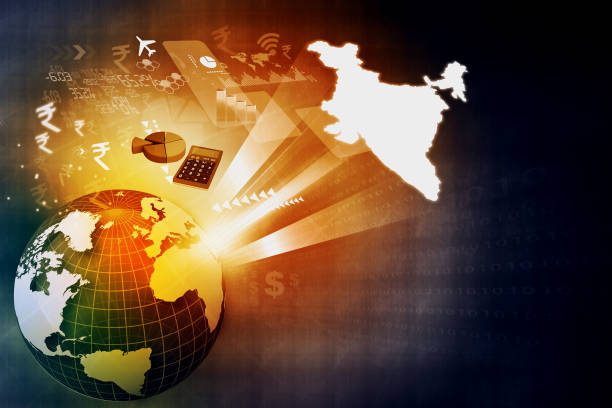

.jpg)

